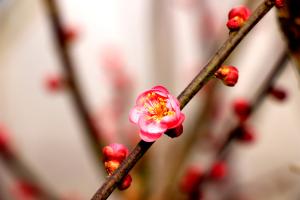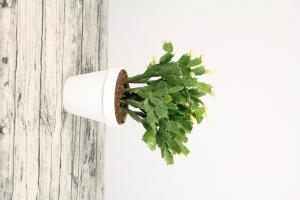How to Cut back a Potted Lavender Plant
Growing lavender is a delightful experience. This beautiful and fragrant plant is a perfect addition to any garden or patio, and it is easy to grow in pots, too. Caring for lavender, however, can require a bit of attention, especially when it comes to pruning. In this article, we will guide you on how to cut back a potted lavender plant to keep it healthy and thriving.
Why Is Pruning Necessary?
Pruning is a crucial aspect of caring for lavender. It helps promote healthy growth and keeps the plant from becoming leggy and woody. A well-pruned lavender will produce more blooms and have a compact and bushy shape. It is essential to prune lavender at the right time and in the right way to avoid damaging the plant.
When to Prune Lavender
Lavender should be pruned twice a year, immediately after its spring blooms and again in the fall. The best time to prune lavender is in late summer or early fall, around mid to late August, after the flowers have bloomed and the foliage has started to fade. Avoid pruning in the winter, as this can damage the plant and may even kill it.
How to Prune Lavender
To prune lavender, you need a pair of pruning shears or scissors. Begin by removing any dead or damaged branches, cutting them back to the plant's base. Next, trim back the plant's top growth by about a third to half its original size. Be sure to leave some green branches at the bottom of the plant to allow for new growth.
When cutting the stems, it is essential to make clean, sharp cuts at an angle to prevent crushing or tearing the plant's tissue. Avoid cutting into the woody stems, as this can lead to disease or death of the plant.
If your lavender plant has become woody, you may need to take more drastic action. Cut back the plant to about two inches above the wood, leaving a few leaves on the plant. This will give the plant the necessary time to recover and grow new growth.
How to Take Care of Lavender after Pruning
After pruning, it is crucial to take care of the plant correctly. Water the plant deeply after pruning to help it recover from the stress of pruning. However, do not overwater, as lavender prefers well-drained soil and does not like to be in standing water
Also, fertilize the plant after pruning. Use a balanced, slow-release fertilizer to provide the necessary nutrients to the plant. Avoid fertilizing lavender in the winter or early spring, as this can promote soft growth that is vulnerable to frost damage.
In conclusion, pruning is an essential part of caring for lavender plants. Knowing how to cut back a potted lavender plant will help promote healthy growth, encourage blooming, and prolong the plant's life. With a little care and attention, your lavender plant will thrive and add beauty to your garden or patio.

 how many times do yo...
how many times do yo... how many planted tre...
how many planted tre... how many pine trees ...
how many pine trees ... how many pecan trees...
how many pecan trees... how many plants comp...
how many plants comp... how many plants can ...
how many plants can ... how many plants and ...
how many plants and ... how many pepper plan...
how many pepper plan...































